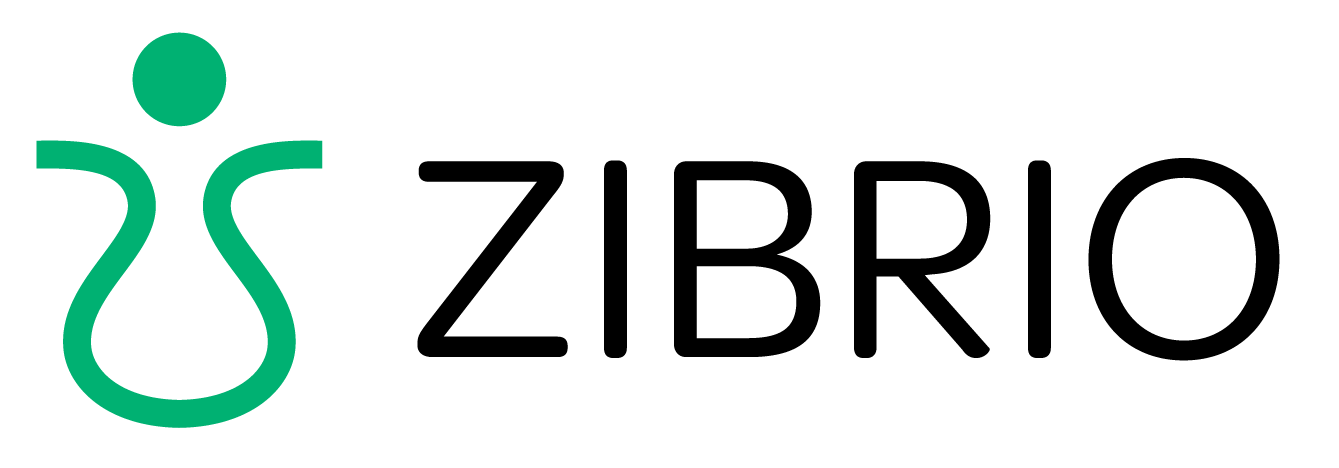Senior Living's Costly Care Gap
Falls not only pose a significant threat to the well-being of older adults but also impact the financial health of senior living communities. This paper explores the importance of fall prevention programs in attracting and retaining residents. It highlights the shift towards proactive, data-driven approaches to address fall risk factors, emphasizing the crucial role of balance in maintaining active wellness among older adults.
Introduction
Research indicates that falls among older adults have profound consequences, both in terms of health outcomes and financial implications for senior living communities. Understanding that falls are not inevitable and can be mitigated through targeted interventions is essential. Moreover, recognizing the significance of balance in promoting mobility and overall well-being is paramount for senior living executives aiming to enhance their facilities.
Understanding the Care Gap
Despite the prevalence of falls among older adults, there exists a pervasive misconception that falling is an unavoidable aspect of aging. This misconception, coupled with a lack of integration of current research findings into senior living practices, perpetuates a reactive rather than proactive approach to fall prevention.
There have been valiant efforts to solve the problem. Many senior living residences hire physical therapists to run programs and onsite therapy for those who have been referred for treatment by their doctor. Others have wellness activities like walking groups and exercise classes. Some use new technology which digitize existing functional tests, providing a layer of objectivity and a method of recording and sharing data with families and the wider care team. But typically these tests measure a component of balance, which is already visible to the trained eye.
It is perhaps unsurprising that these disconnected approaches fall short in capturing the multifaceted nature of balance and its relationship to overall health.
ZIBRIO’s Integrated Solution
Similar to how blood pressure monitors revolutionized the management of heart disease, the ZIBRIO Stability scale offers a groundbreaking solution for assessing fall risk by analyzing postural stability control. By providing a comprehensive understanding of balance, the Stability scale enables personalized interventions based on the latest scientific insights into aging and physiology. Its user-friendly interface and quick assessment make it a valuable tool at various stages of residents' journeys, from move-in assessments to ongoing wellness programming.
The ZIBRIO program goes beyond mere measurement by integrating seamlessly with existing services within senior living communities. By leveraging real-time data and predictive analytics, executives can anticipate residents' needs and allocate resources more efficiently. Additionally, the program's ability to detect subtle changes in balance serves as a motivational tool for residents to actively engage in fall prevention strategies.
Conclusion
Equating age with falling perpetuates ageist stereotypes and undermines efforts to create proactive and integrated care models within senior living communities. By embracing data-driven approaches like the ZIBRIO program, executives can enhance resident satisfaction, reduce costs associated with falls, and differentiate their communities in a competitive market. It's time to shift towards a future where older adults can thrive with confidence and dignity. Join leading senior living residences in prioritizing proactive fall prevention measures and schedule your discovery call with ZIBRIO today to unlock the potential of active aging.


